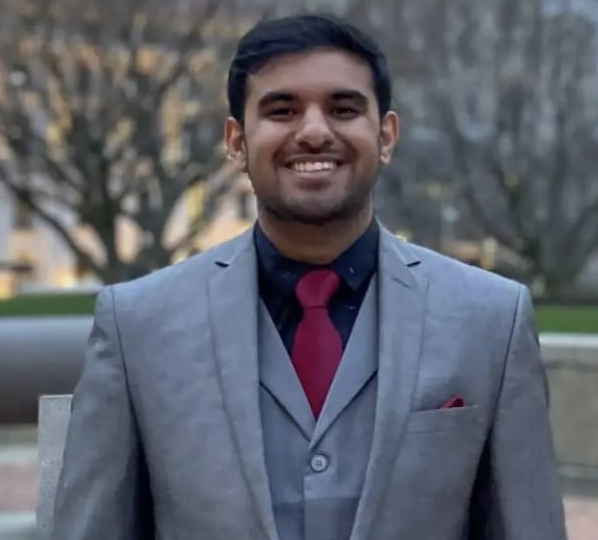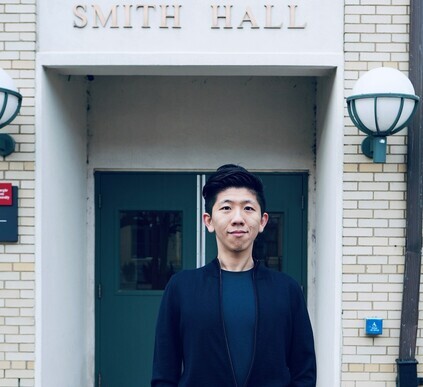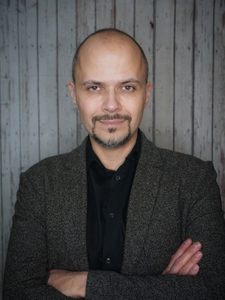Students
Adithya Sampath

Adithya Sampath is a 2nd-semester MSCV student at CMU. Prior to this, he worked at Nokia and Sony for a total duration of 4 years. Adithya has worked extensively to deploy object detection and tracking pipelines in robotics, surveillance, and smart city applications. He has completed his undergraduate degree from BMS College of Engineering, India
Mu Chien (Michael) Hsu

Mu-Chien Hsu (Michael) is an MSCV graduate student at Carnegie Mellon University. His research interests are spatial-temporal relations in videos and video causality reasoning. He obtained his Bachelor’s in Engineering at Waseda University, Japan, advised by Prof. Hiroshi Watanabe. His work includes frame-based video prediction by combining U-net to preserve detailed background information, using LSTM for temporal feature extraction, and using segmentation to separate foreground and background. He also discovered the Gaussian distribution in facial embedding and utilize it to improve performance in facial recognition systems. Asides from academic aspects, he also enjoys all kinds of sports and a cat is one of his favorite animals.
Advisors
Laszlo A Jeni

Prof. Laszlo is a Systems Scientist (faculty) in the Robotics Institute at Carnegie-Mellon University. His research focus is on advancing the state-of-the-art in multi-modal methods for computational behavior science, specifically in areas of modeling, analysis, and synthesis of human behavior and emotion using diverse sensors. Currently, he is directing the Computational Behavior Lab.
Koichiro Niinuma
Mr. Koichiro Niinuma is our mentor from Fujitsu
Responsibilities
Most project responsibilities were shared amongst team members. Adithya and Michael both contributed to the literature review, problem formulation, and experiments. They worked together to identify key challenges. Currently, Adithya is focusing on training 2D and 3D pose estimation models on the GTA5 dataset and Michael is focussing on generating the GTA5 dataset and running experiments on the generated dataset to get the baseline results for our approach.

